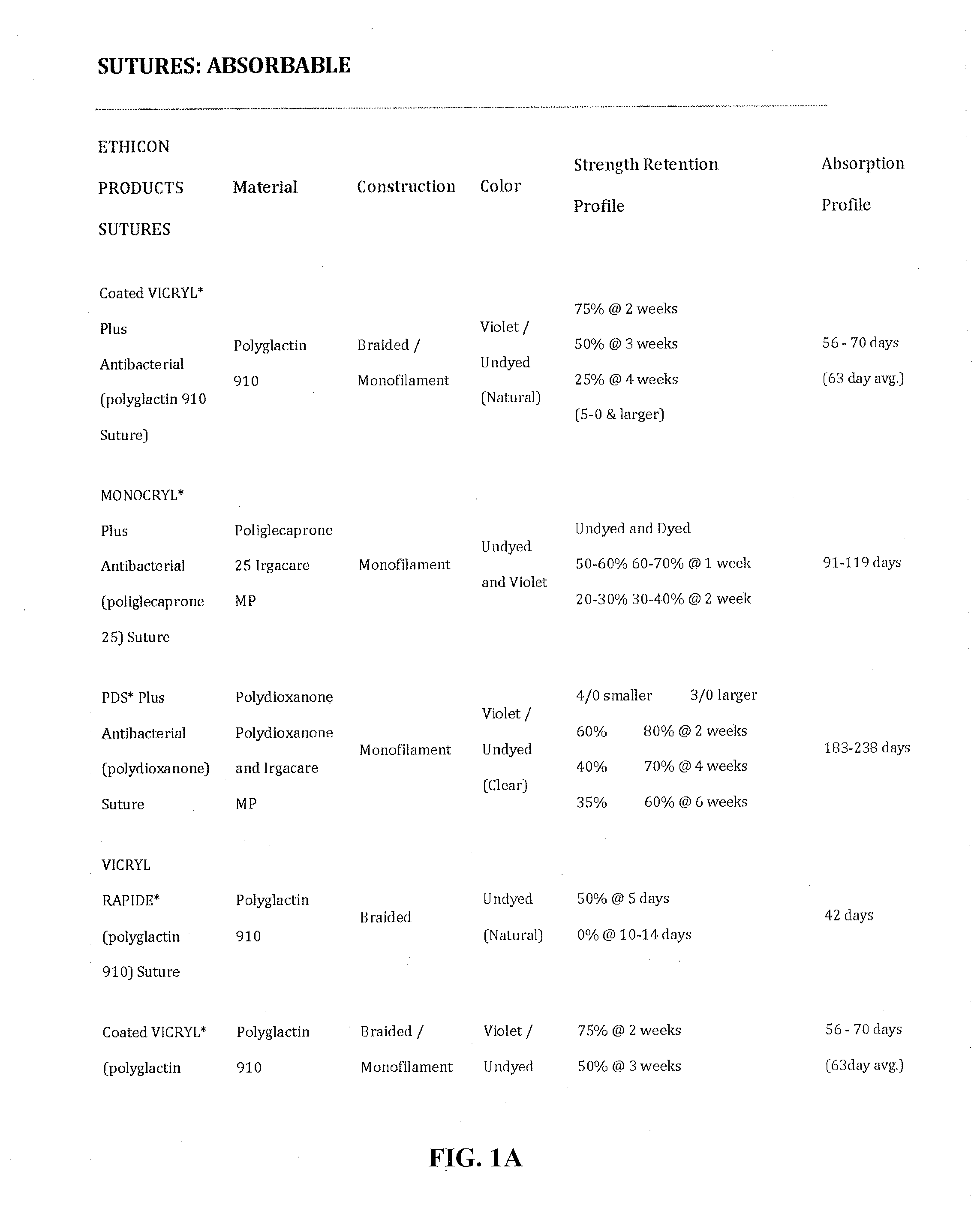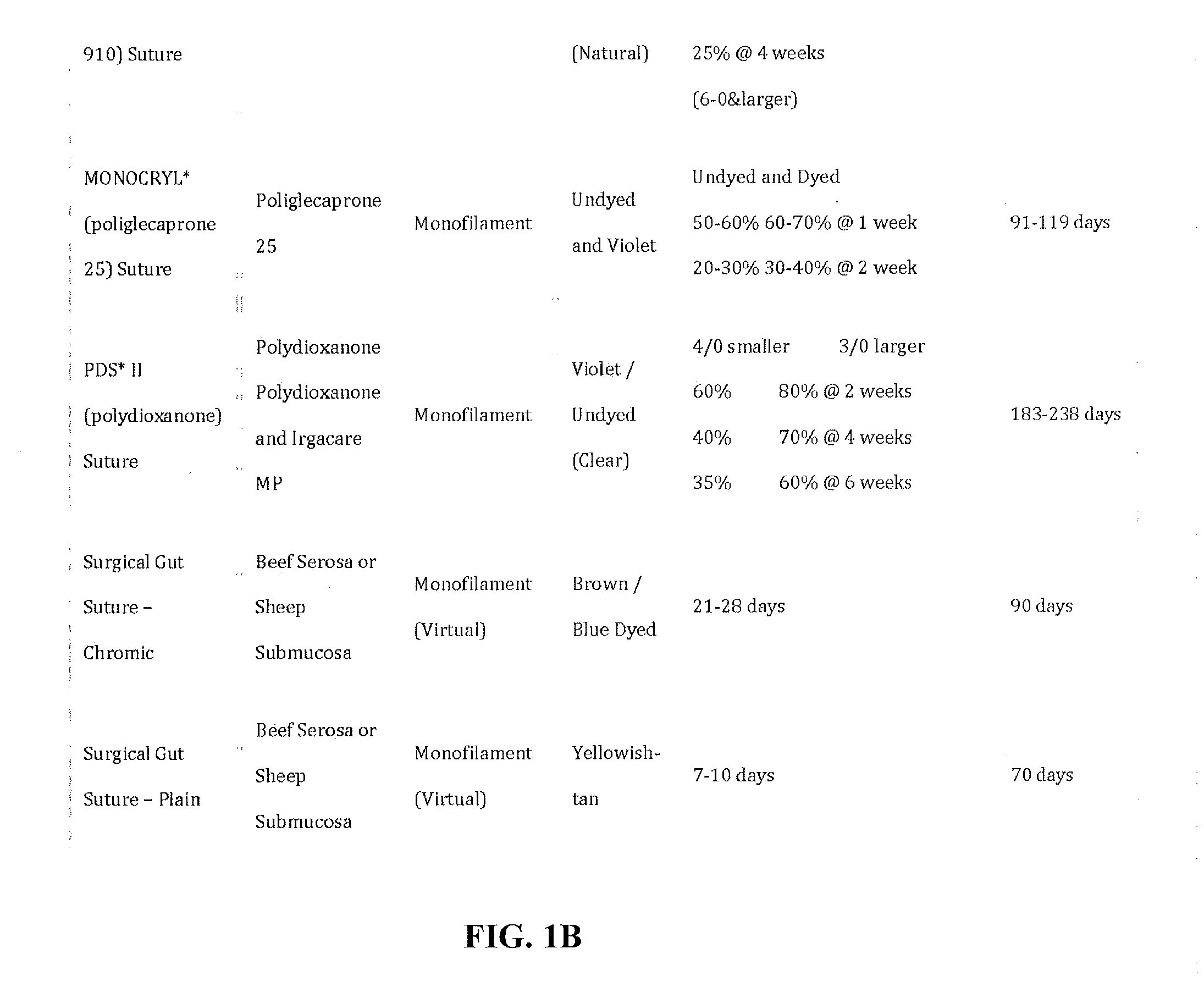Length-control suture technique
a suture and length control technology, applied in the field of length control suture, can solve the problems of hypertrophic scarring of surgical and traumatic wounds, and the thickening of the wound into an unsightly scar after suturing
- Summary
- Abstract
- Description
- Claims
- Application Information
AI Technical Summary
Benefits of technology
Problems solved by technology
Method used
Image
Examples
Embodiment Construction
[0017]Part One: Hypertrophic Scarring
[0018]Much has been written about the cause and prevention of hypertrophic scarring after dermal injury. Numerous studies have been performed as to the causes of such scarring at the cellular and biochemical levels. Whatever the cause at the microscopic level, clinical modifications of healing tissue at the macroscopic level have yielded variable success. Treatment methods studied include topical modalities such as silicone gel sheeting and zinc, external compression via elastic garments or splints, surgical excision, corticosteroid injection, cryotherapy, chemotherapy, ultrasound, laser treatment, irradiation, and the application of paper tape.
[0019]In an effort to elucidate the cause of hypertrophic scarring, many studies have focused on the suture material itself, comparing absorbable sutures such as polyglycolic acid (PGA) or catgut with non-absorbable materials such as silk, nylon, or polypropylene. Additional studies compared absorbable sut...
PUM
 Login to View More
Login to View More Abstract
Description
Claims
Application Information
 Login to View More
Login to View More - R&D
- Intellectual Property
- Life Sciences
- Materials
- Tech Scout
- Unparalleled Data Quality
- Higher Quality Content
- 60% Fewer Hallucinations
Browse by: Latest US Patents, China's latest patents, Technical Efficacy Thesaurus, Application Domain, Technology Topic, Popular Technical Reports.
© 2025 PatSnap. All rights reserved.Legal|Privacy policy|Modern Slavery Act Transparency Statement|Sitemap|About US| Contact US: help@patsnap.com



